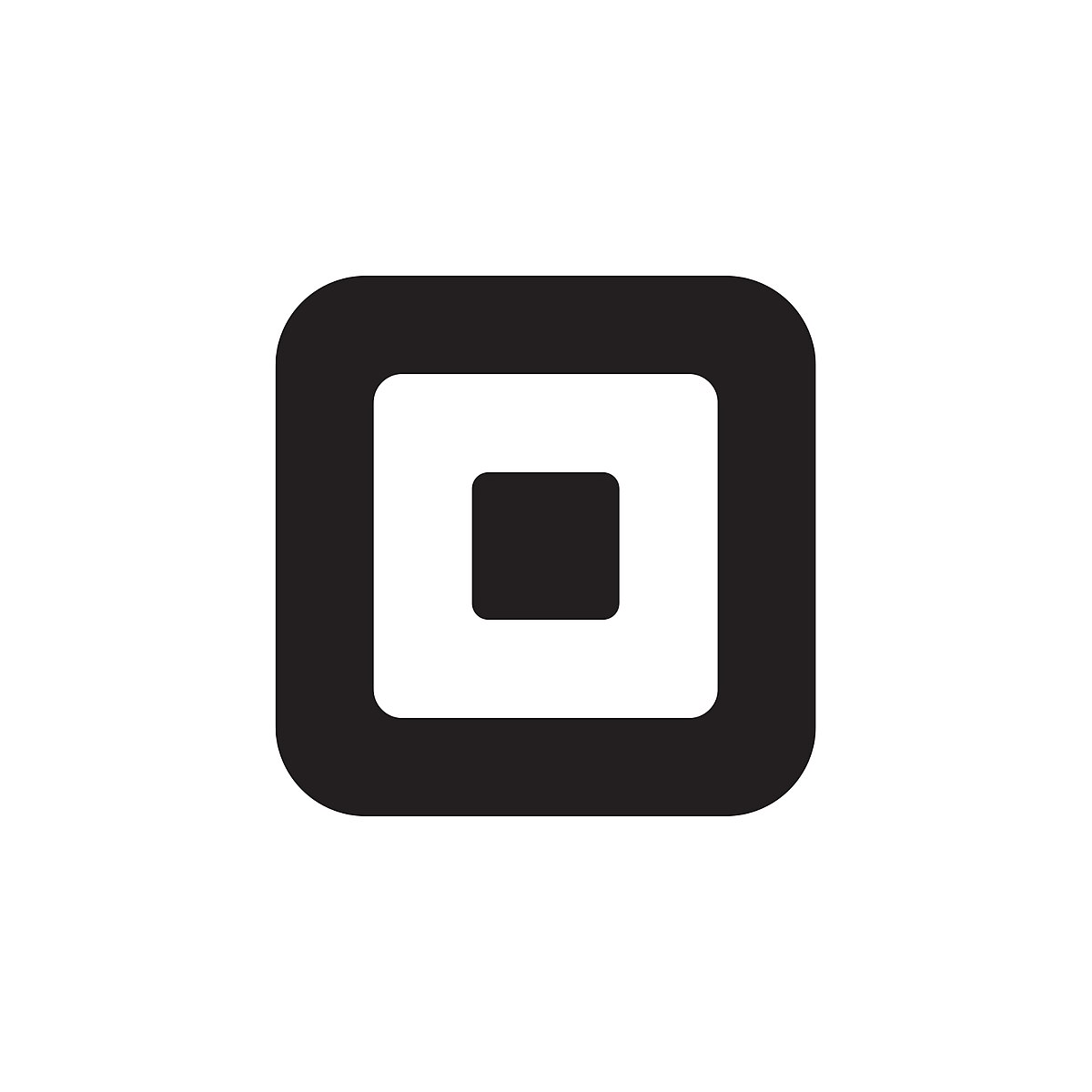What to Look for in a POS Software
by Joyce Chen
This page may contain affiliate links. Our assessments are grounded solely in the product’s merits and performance.
Point of Sale (POS) software plays a pivotal role in modern businesses, especially in retail, hospitality, and service industries, by streamlining sales transactions and much more. It acts as the central component in a POS system, which includes the software, hardware (like terminals, cash drawers, receipt printers), and peripherals.
When selecting a POS software, business owners need to consider a variety of factors that can affect both their day-to-day operations and long-term success. The right POS system can streamline operations, provide valuable insights, enhance customer experience, and drive growth.
In this article, we’ll be breaking down the common features of POS software, what they mean, and what to look for to ensure that it can handle everything your business needs.
Common Features
Most POS softwares will offer the following features:
Sales Transactions
- Process Sales: At its core, POS software facilitates the processing of sales transactions. It can handle various payment methods including cash, credit/debit cards, mobile payments, and gift cards.
- Issue Receipts: Generates digital or printed receipts for customers after a transaction, detailing the purchase.
Inventory Management
- Track Inventory: Maintains real-time records of stock levels, helping businesses understand what’s in stock, what’s running low, and what needs to be reordered.
- Manage Suppliers: Some POS systems allow businesses to manage supplier information and purchase orders directly within the software.
Customer Management
- Customer Profiles: Stores information about customers, such as purchase history and preferences, which can be used for personalized marketing and loyalty programs.
- Loyalty Programs: Manages loyalty points, rewards, and discounts, encouraging repeat business and enhancing customer retention.
Employee Management
- Track Employee Performance: Monitors sales by employee to assess performance, helping in scheduling and payroll decisions based on productivity.
- Manage Permissions: Assigns roles and permissions to employees, controlling access to sensitive information and functions within the POS software.
Reporting and Analytics
- Sales Reports: Generates detailed reports on sales performance, including total sales, sales by item, time periods, and more, offering insights for strategic decisions.
- Inventory Reports: Provides reports on inventory levels, turnover rates, and cost of goods sold, aiding in efficient inventory management.
Integration and Expansion
- E-commerce Integration: Many POS systems integrate with e-commerce platforms, allowing for unified inventory and sales management across physical and online stores.
- Third-party Integrations: Connects with other business tools such as accounting software, CRM systems, and more, for a seamless workflow across business operations.
Enhancing Customer Experience
- Quick Checkouts: Speeds up the checkout process with efficient transaction processing, reducing wait times and improving customer satisfaction.
- Tableside Ordering and Payment: In restaurants, tableside ordering and payment capabilities allow for a smoother dining experience.
Flexibility and Accessibility
- Cloud-based Access: Cloud-based POS systems offer the flexibility to access sales, inventory, and reports from anywhere, providing business owners with the ability to manage their business remotely.
Key Considerations
As you look through the different options available, here are some factors to consider to determine if the software is right for your business:
- Business Type and Size: The nature of your business (retail, restaurant, service-based, etc.) and its size significantly influence the features you’ll need. For instance, a restaurant may require table management and menu customization features, while a retail store might prioritize inventory management and barcode scanning.
- Ease of Use: The POS software should have an intuitive interface that’s easy for you and your staff to use. This reduces training time and errors.
- Payment Processing: Look for flexibility and security in payment processing. The POS should accept various payment types (credit/debit cards, mobile payments, cash) and comply with security standards (PCI compliance).
- Hardware Compatibility: Ensure the POS software is compatible with your existing hardware (tablets, computers, printers) or understand the cost and requirements of new hardware if necessary.
- Integration Capabilities: The ability to integrate with other business tools and systems (accounting software, e-commerce platforms, loyalty programs) is crucial for a seamless operation.
- Reporting and Analytics: Comprehensive reporting tools that provide insights into sales, inventory, customer preferences, and staff performance can help you make informed business decisions.
- Customer Support and Training: Reliable customer support and accessible training resources are essential, especially during the setup phase or when issues arise.
- Cost: Consider both upfront costs (hardware, installation) and ongoing costs (subscription fees, payment processing fees). Be wary of hidden fees.
- Scalability: Your POS system should be able to grow with your business, easily accommodating new locations, products, or services.
Overall, choosing the right POS software involves balancing your current needs with future growth, considering the total cost of ownership, and ensuring the system enhances rather than complicates your operations. It’s often helpful to request demos or trials to fully understand how a POS system works in your specific business context.
Top POS Software for Small Businesses and Startups

Helcim
![]()
![]()
![]()
![]()
![]()
Helcim is great for businesses that are looking for a cost-effective pay-as-you-go solution.

Square
![]()
![]()
![]()
![]()
A POS, payment processor, and CRM all-in-one for a wide range of businesses.

Shopify POS
![]()
![]()
![]()
![]()
A POS that integrates with the Shopify ecommerce platform.
Pricing information is retrieved from publicly accessible pricing materials. The actual cost may vary based on specific plans chosen. Always check directly with the seller for the final quote.
Pricing information last updated March 7, 2024.

